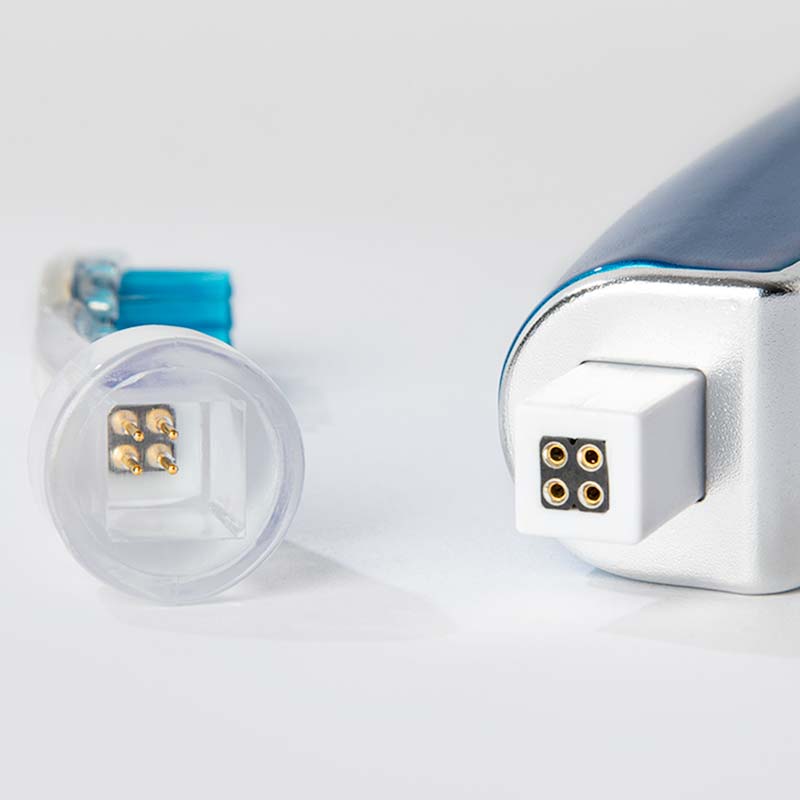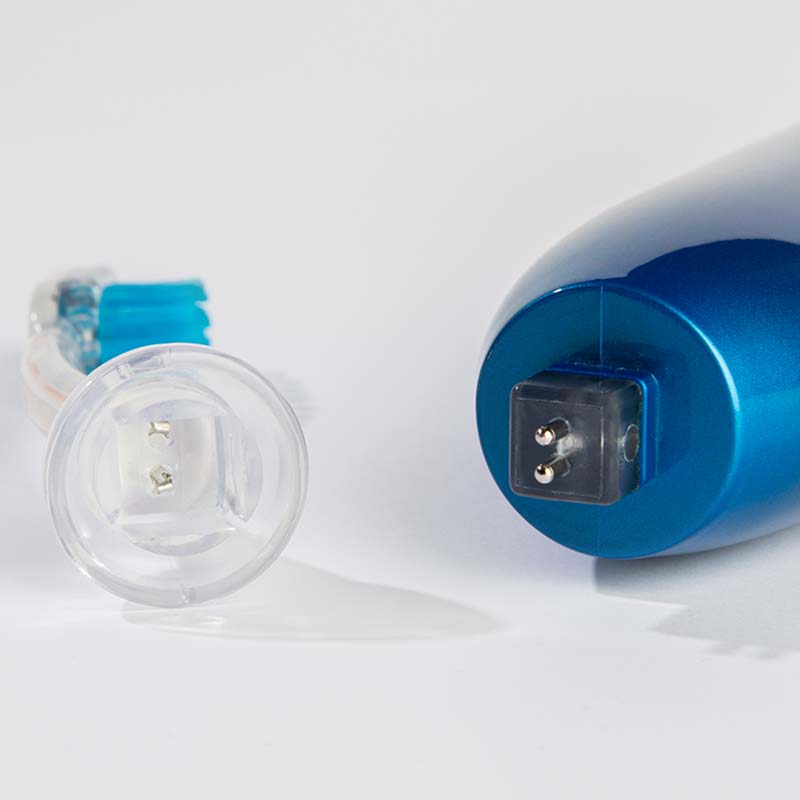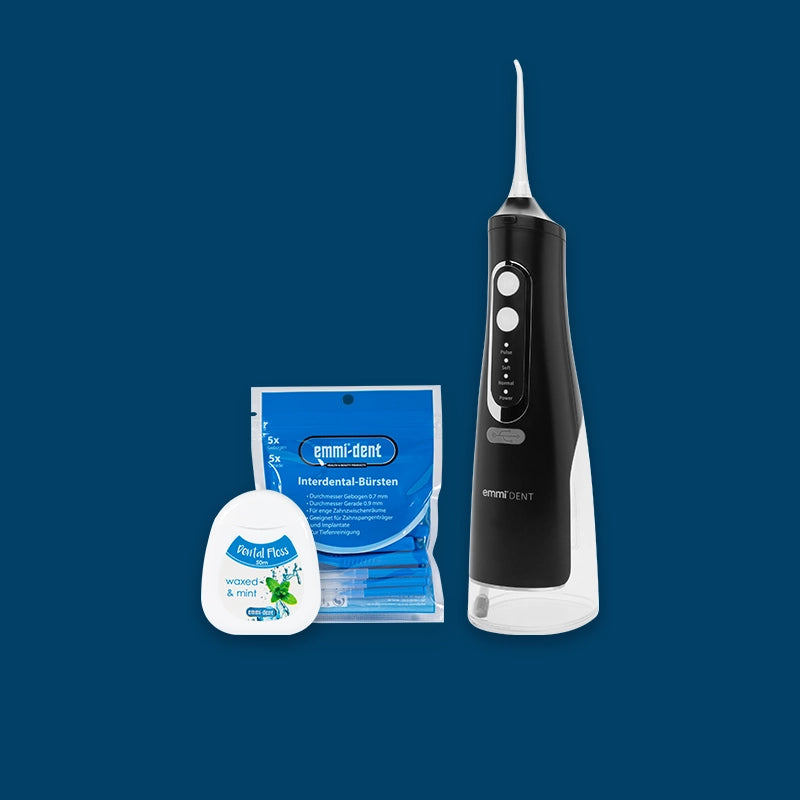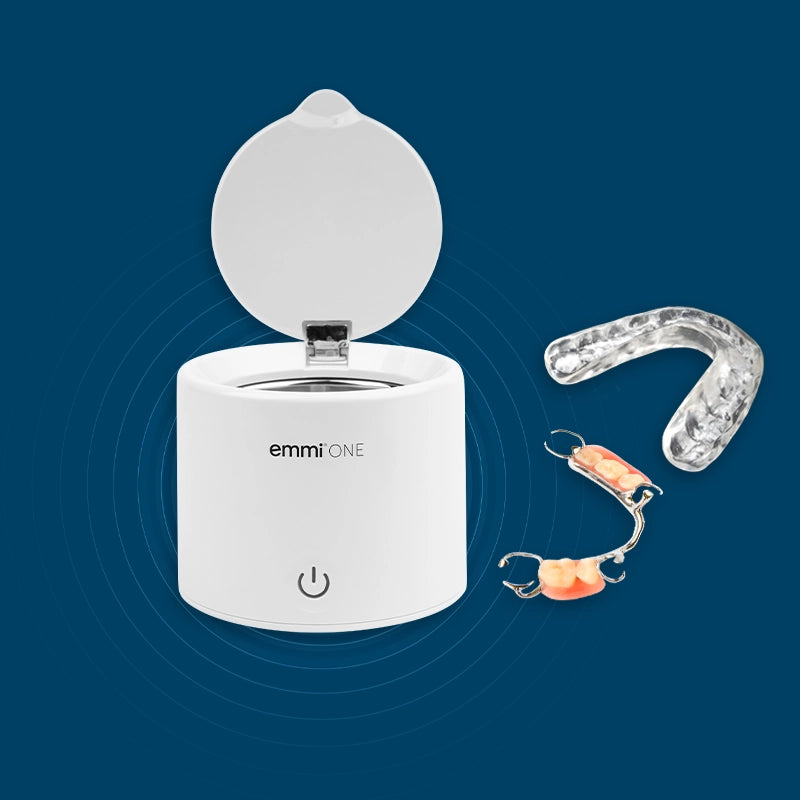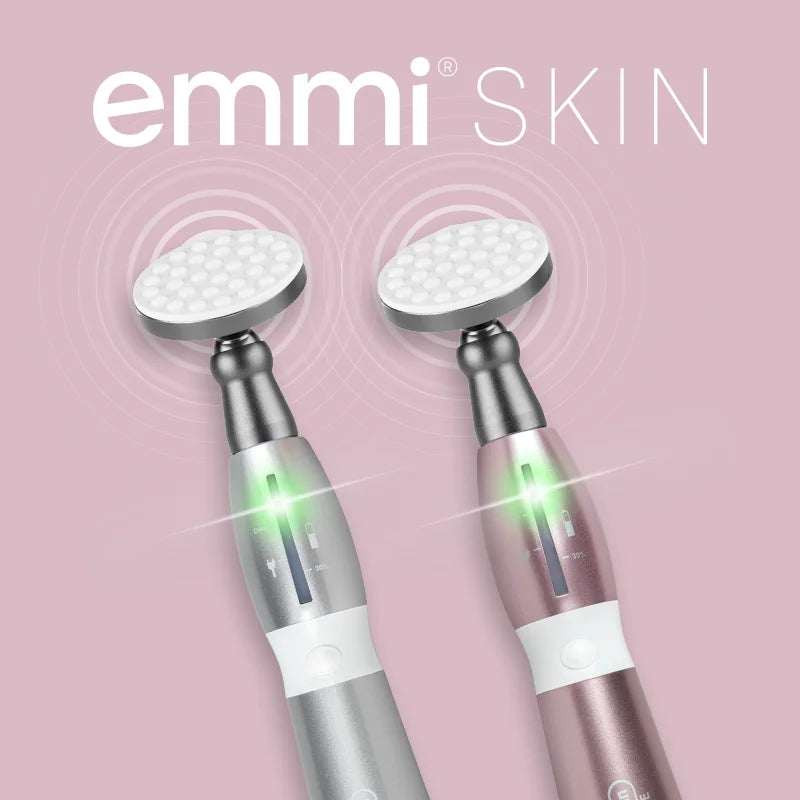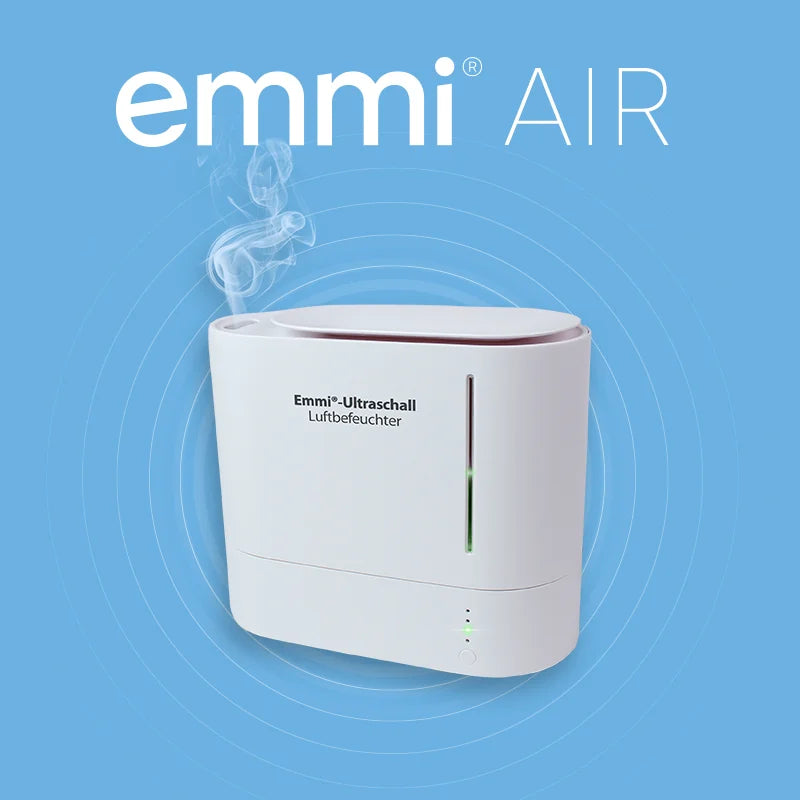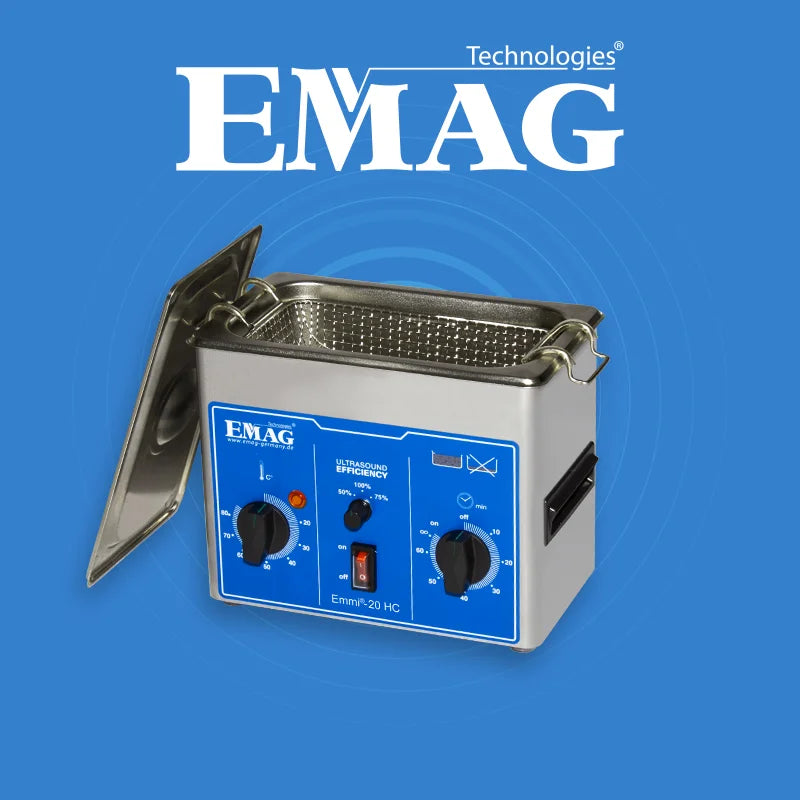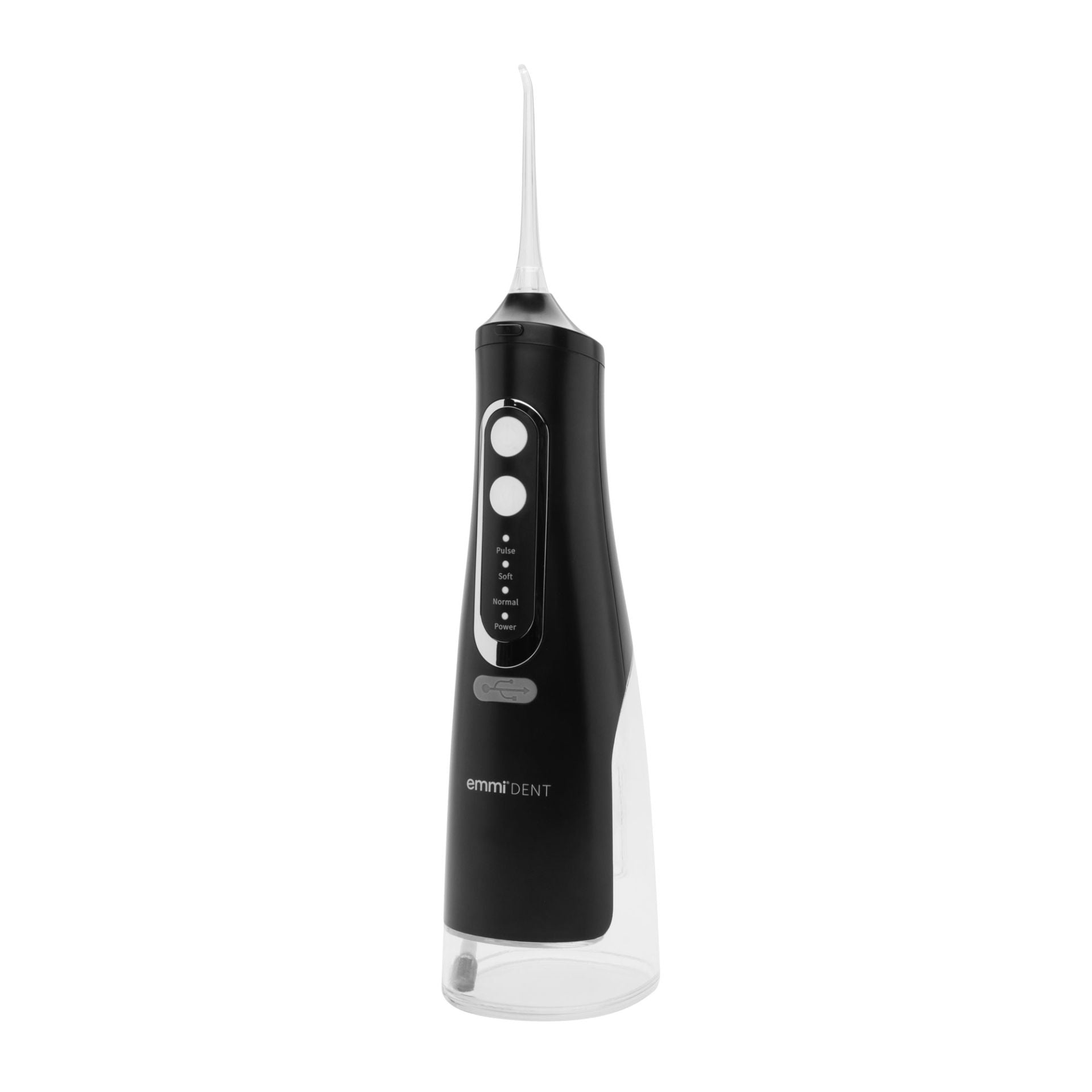Clinically controlled study on the effect of ultrasound in periodontal maintenance therapy
Executive Summary
Witten 2012
ORMED Institute for Oral Medicine at the University of Witten/Herdecke
Study director: Prof. Dr. Dr. hc P. Gängler
Dr. Thomas Lang
Investigator: Alexander May on behalf of: emmi EMAG AG, 64546 Mörfelden-Walldorf
Periodontal inflammation, sometimes accompanied by bleeding gums, but primarily by bone loss around the teeth and subsequent tooth loosening, is becoming increasingly widespread. In addition to bacterial triggers and the body's significant defense against infections, which involve genetic and immunological factors, oral hygiene with toothbrushes and fluoride dentifrices in the form of tablets or pastes plays an important role in maintenance therapy after tooth pocket treatment. These periodontal infections, known as periodontitis ("periodontal disease"), are a lifelong disease like tooth decay, and therefore require lifelong dental checkups and oral hygiene follow-up at home. Therefore, a particularly gentle yet highly effective toothbrushing technique is essential to ensure low-abrasion tooth polishing or non-abrasive plaque control over years and decades.
In 2011, it was demonstrated that a solely ultrasonically activated toothbrush, Emmi ® -dent Professional, ensures good plaque removal and the prevention of gingivitis without any risk of abrasion (S. Denda et al.; J. Dent. Res. 91 (2012) Spec. Issue B, 2209).
It was therefore the aim of a further study to determine the effectiveness of Ultrasonic toothbrush To test Emmi ® -dent Professional as part of periodontal maintenance therapy over a period of 3 months. Following a corresponding positive ethical vote, a randomized clinically controlled parallel study was conducted in 2 groups comparing the ultrasonic toothbrush (16 subjects) with the manual Denttabs toothbrush (17 subjects). All subjects with moderate periodontitis and shallow periodontal pockets were assigned to the respective group after completing conservative periodontitis therapy, underwent a 4-day training program and refrained from oral hygiene for 3 days in order to brush their teeth under supervision on the first day of the study. Dental plaque was monitored using the plaque index according to Lang et al. (2011), and the condition of the gums was recorded using the gingival index.
The sulcus and pocket depths in millimeters were assessed at 6 points on all teeth at baseline and after 3 months. The subjects' cooperation at home was supported by follow-up examinations after 2, 4, and 8 weeks. Depending on the distribution pattern of the data, the statistical methods t-test, U-test, Wilcoxon test, or χÇ-test were used. The ultrasound group showed a statistically significant reduction in the mean pocket depth of the gums between 0.6 and 1.2 mm compared to the manual toothbrush group with 0.5-0.9 mm. As a result, 50% of the shallow pockets disappeared in the ultrasound group compared to 39% in the control group. Plaque reduction after training and supervision was statistically significantly greater than without instruction, but remained stable over 3 months of home use, with an advantage for the ultrasonic brush in the lower jaw. The reduction in gingival inflammation is also significant in both groups compared to the baseline findings, with gum bleeding disappearing more frequently with ultrasound application.
It is concluded that the outcome of conservative periodontal treatment with pocket curettage of the affected teeth can be significantly improved by using the ultrasonic toothbrush twice daily for 3 minutes each time over a period of 3 months.
Clinical conclusion
Direct ultrasound transmission in the oral cavity introduces a new biophysical dimension of effective tooth cleaning with the control of bacterial biofilm formation, fundamentally avoiding brushing movements that cause mechanical abrasion. The tested, exclusively ultrasound-activated toothbrush removes plaque as reliably as a manual toothbrush, the previous gold standard. It leads to a significant reduction in gingivitis and completely prevents abrasive brushing movements. This eliminates the risk of abrasive damage to teeth and gums.
Consistent ultrasonic oral hygiene leads to a significantly greater reduction in periodontal pockets compared to manual toothbrushes. The emmi®-dent ultrasonic toothbrush therefore provides long-term support for periodontal maintenance therapy.


